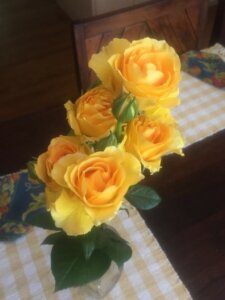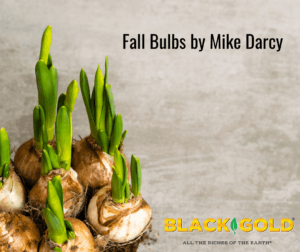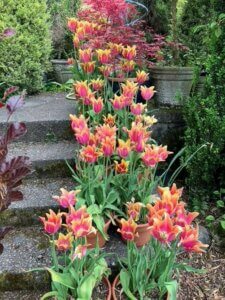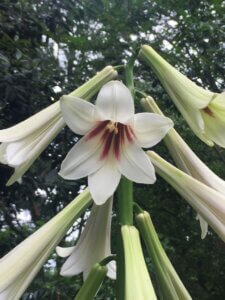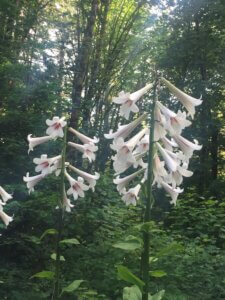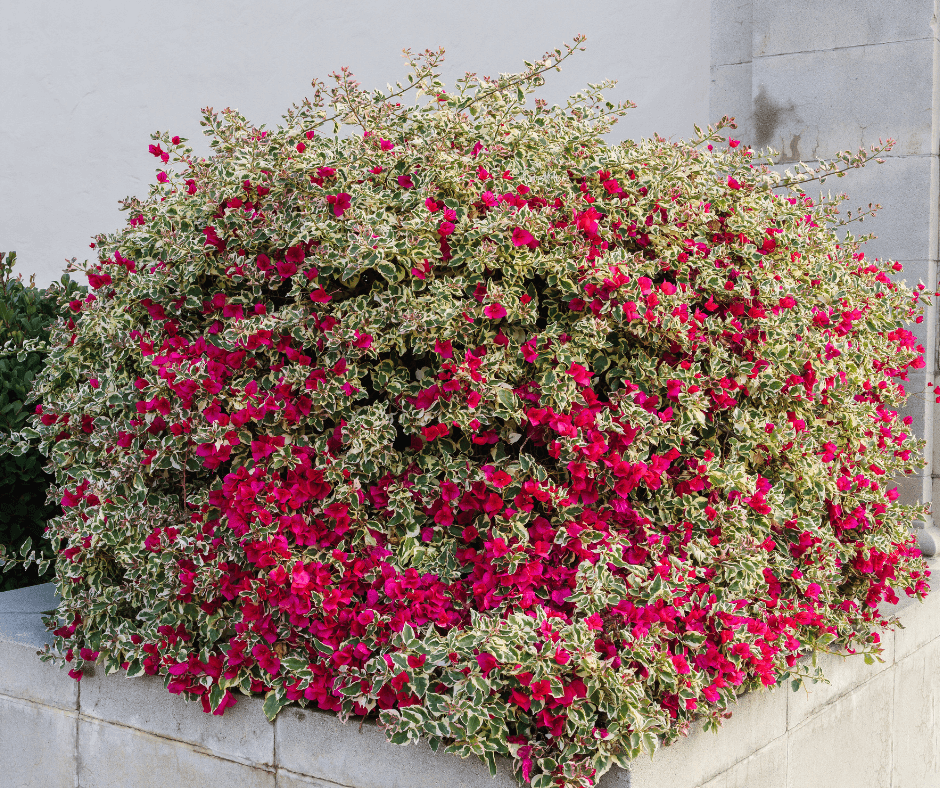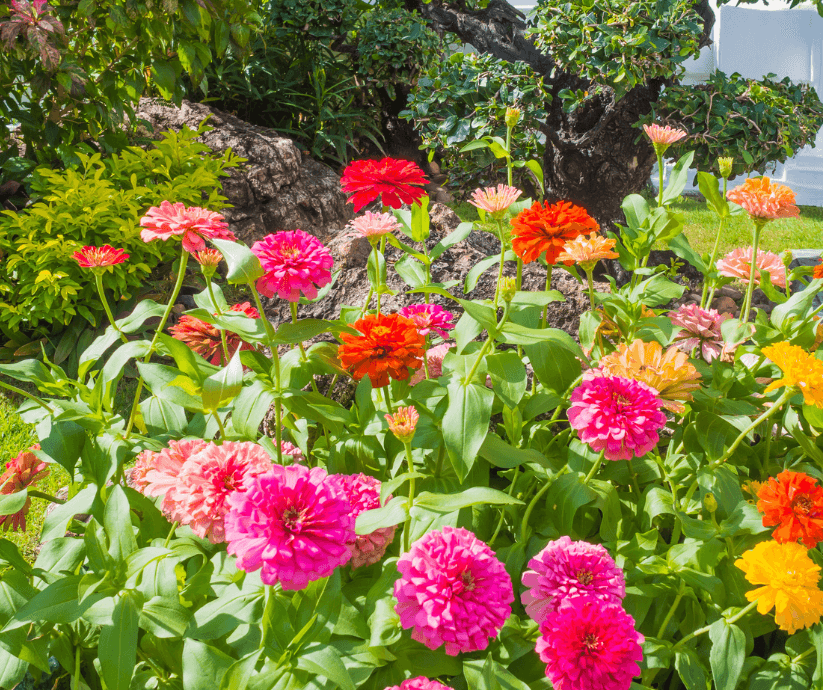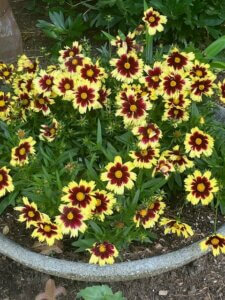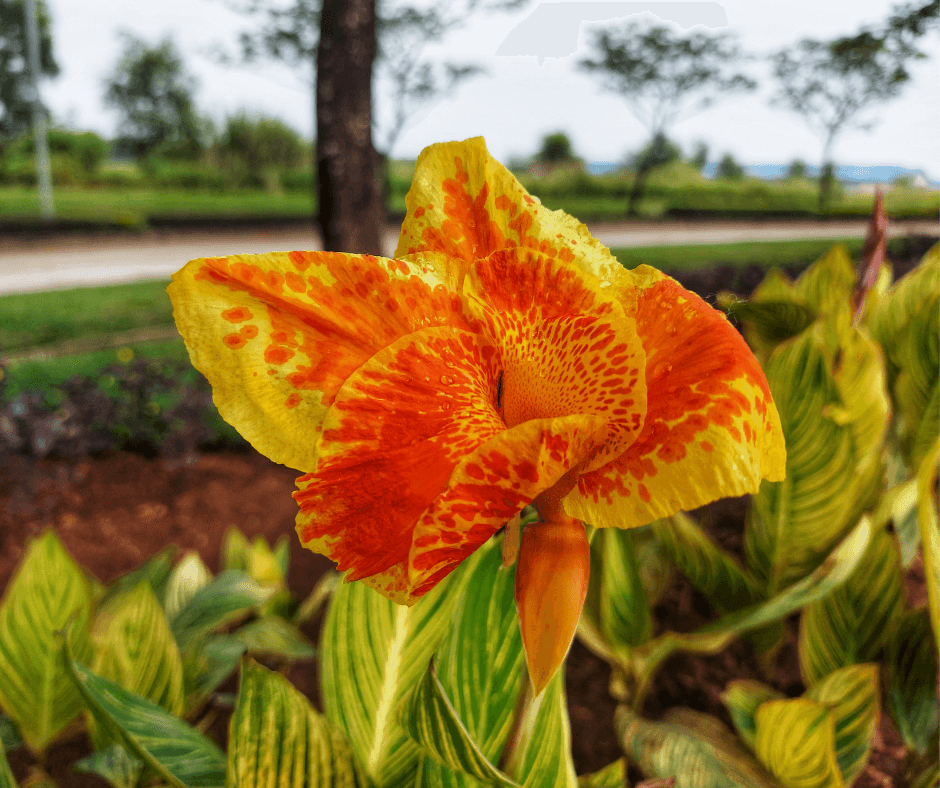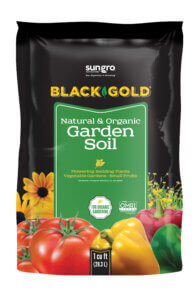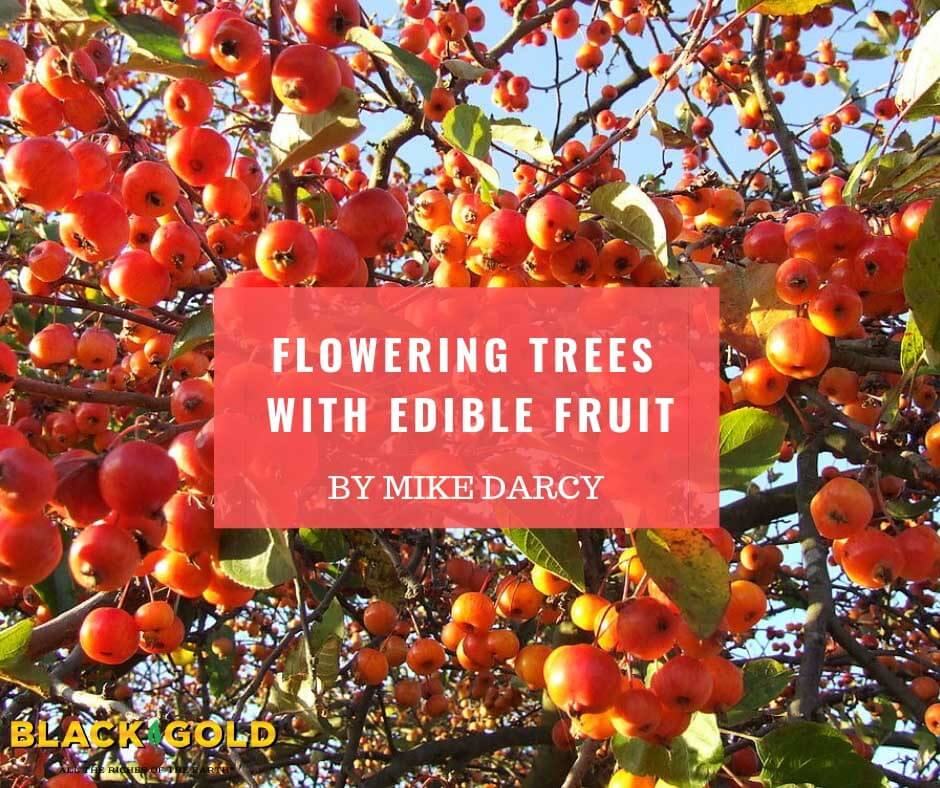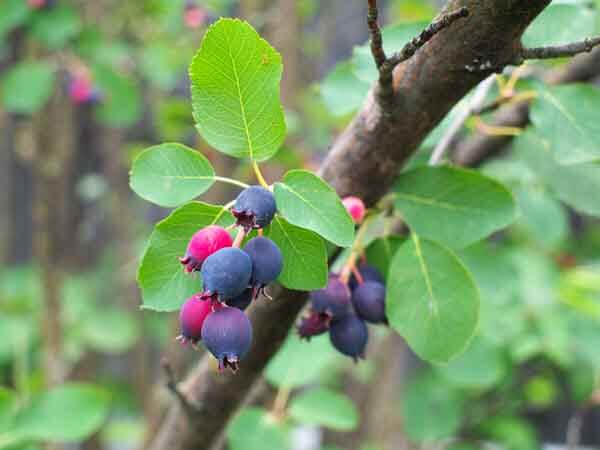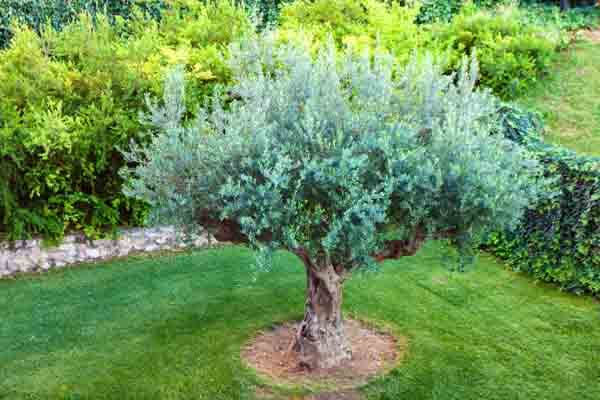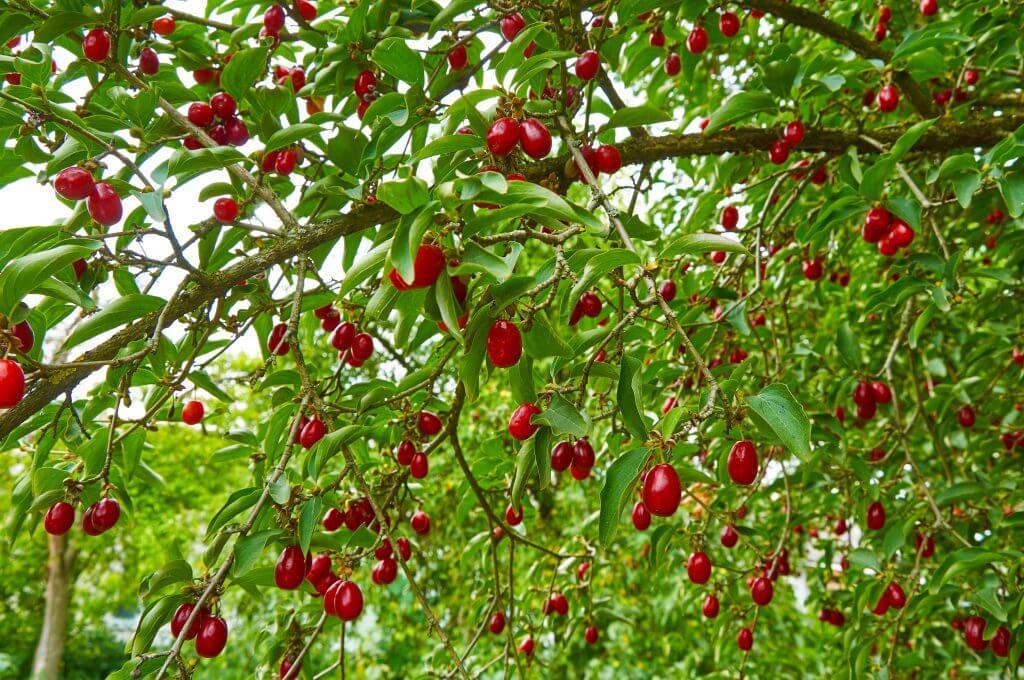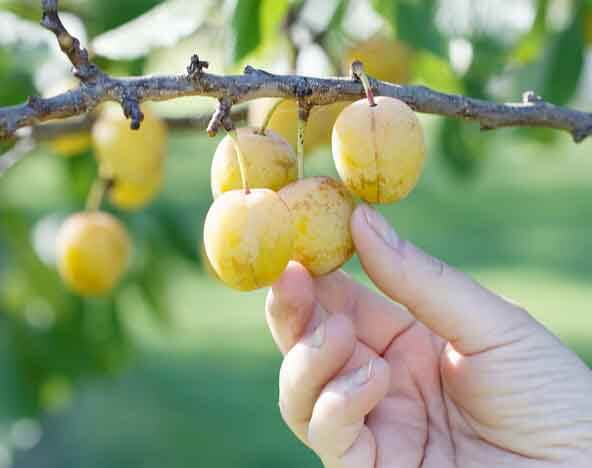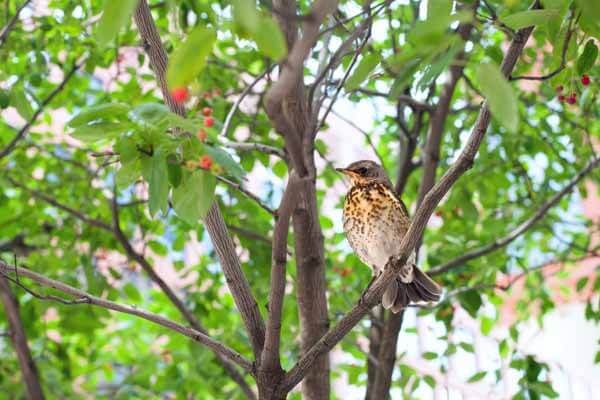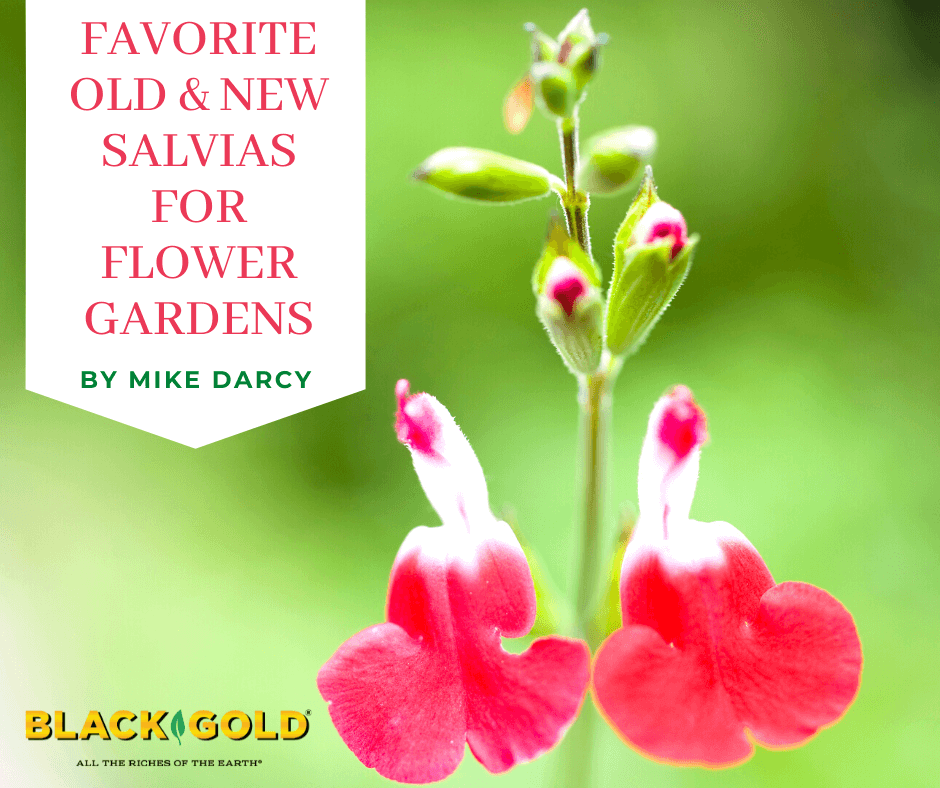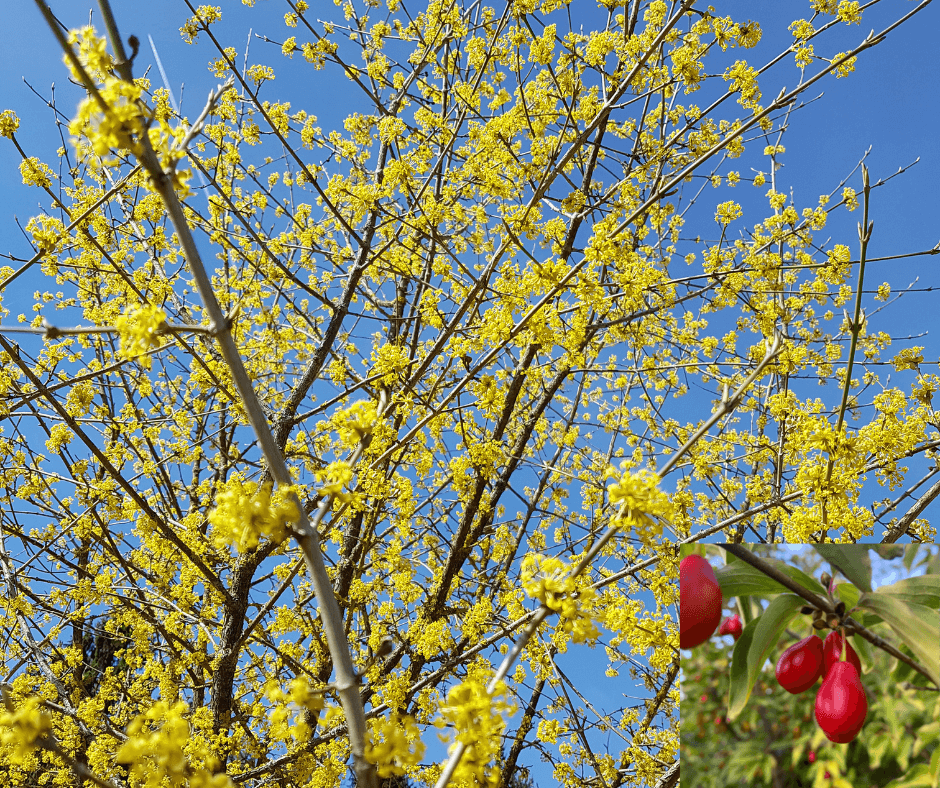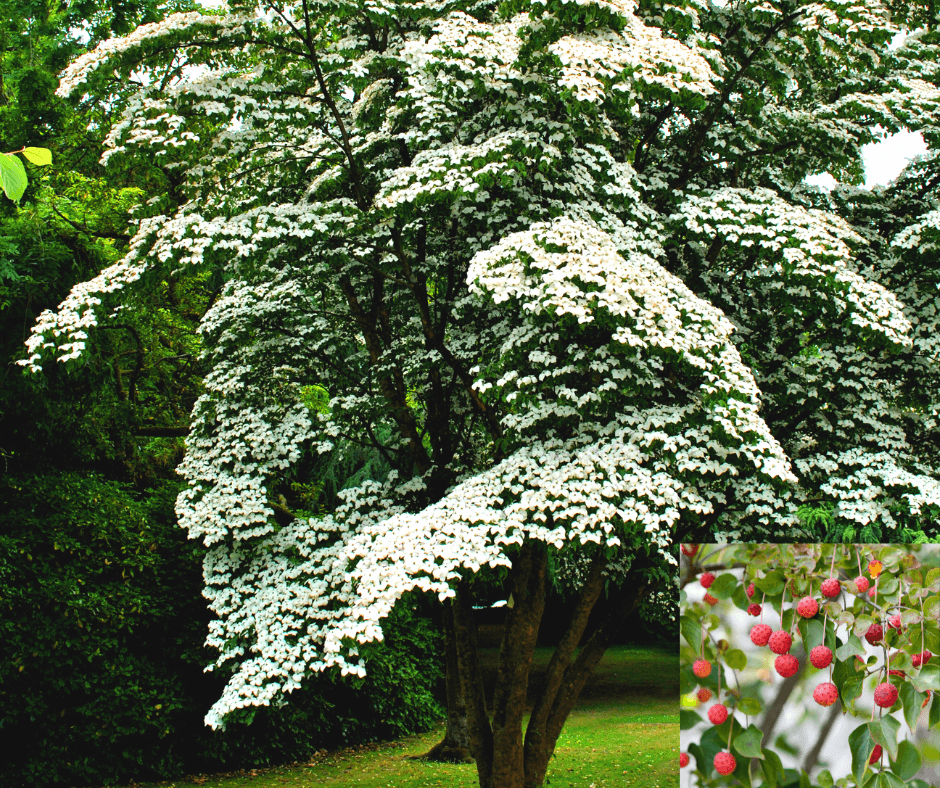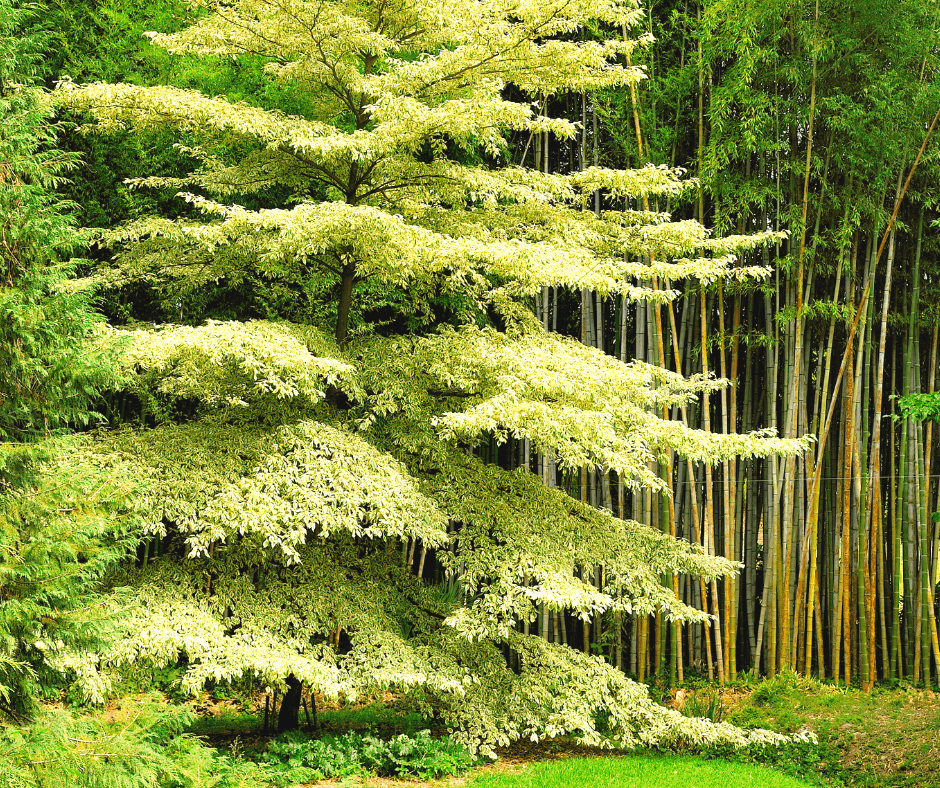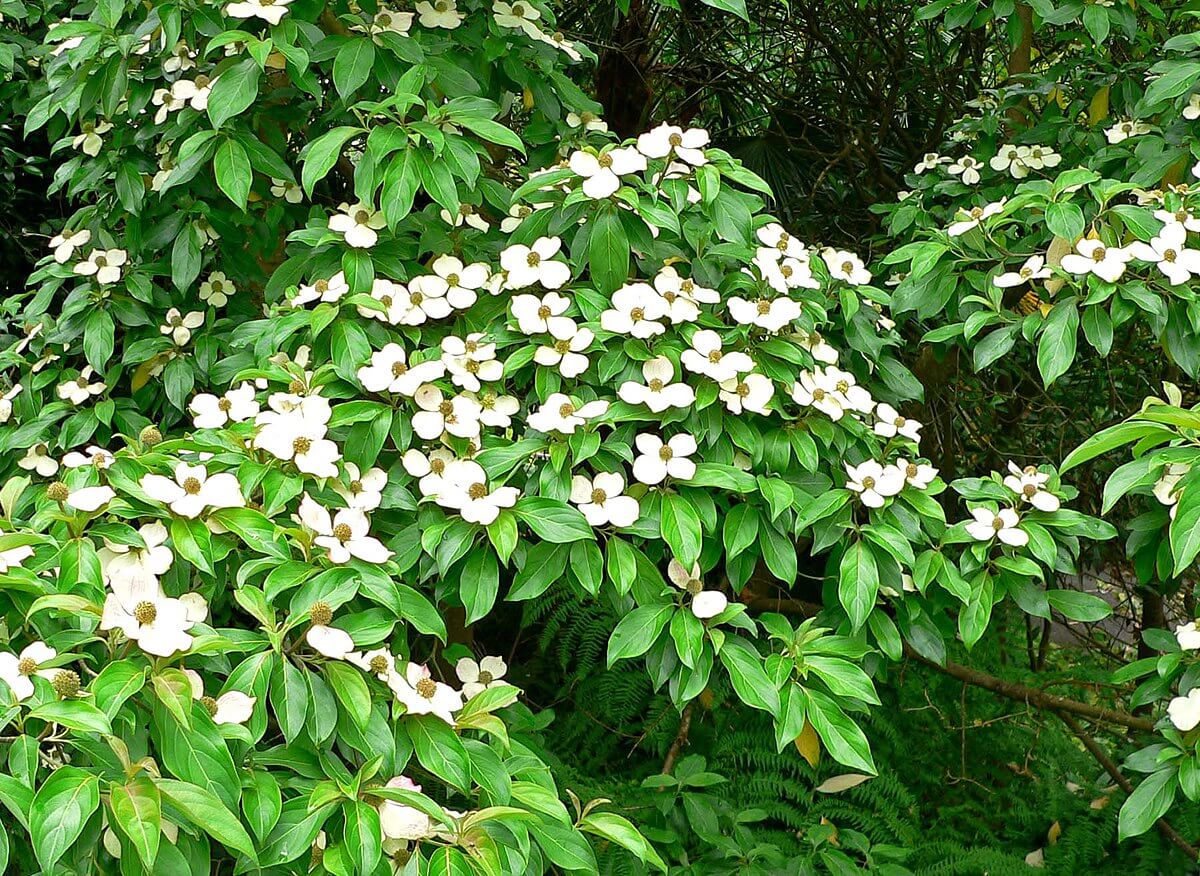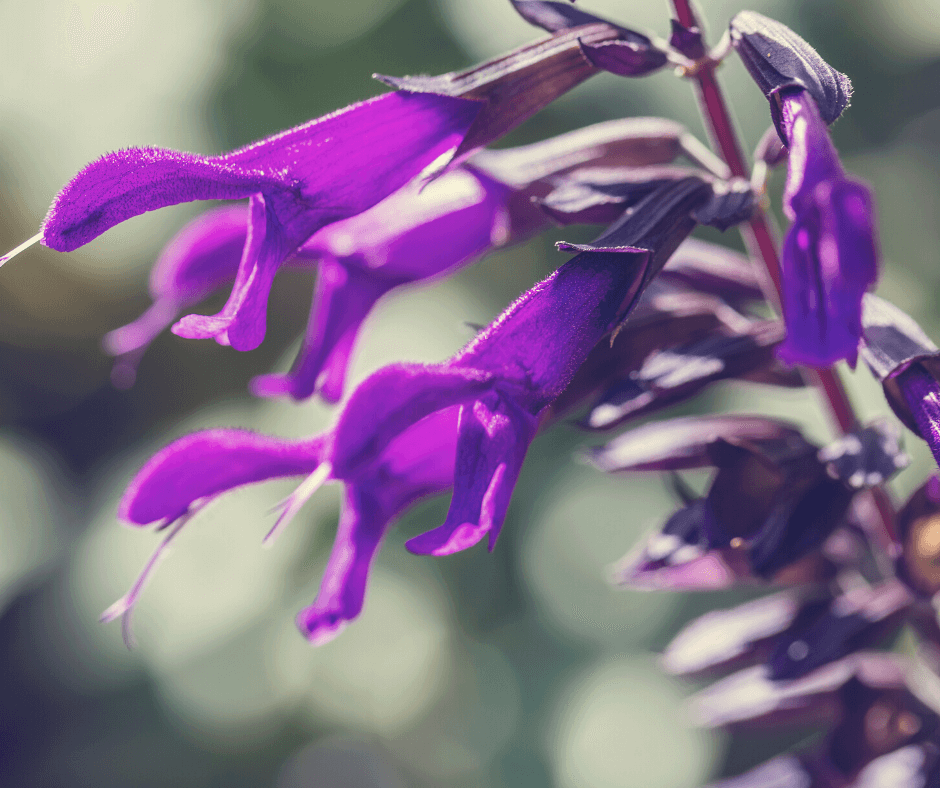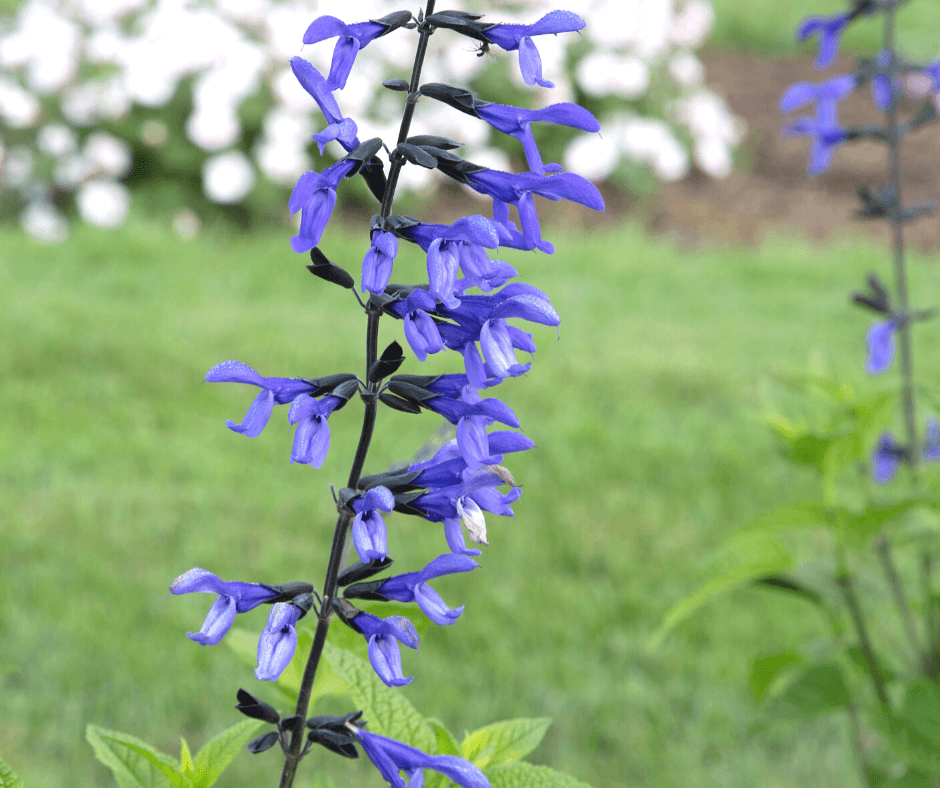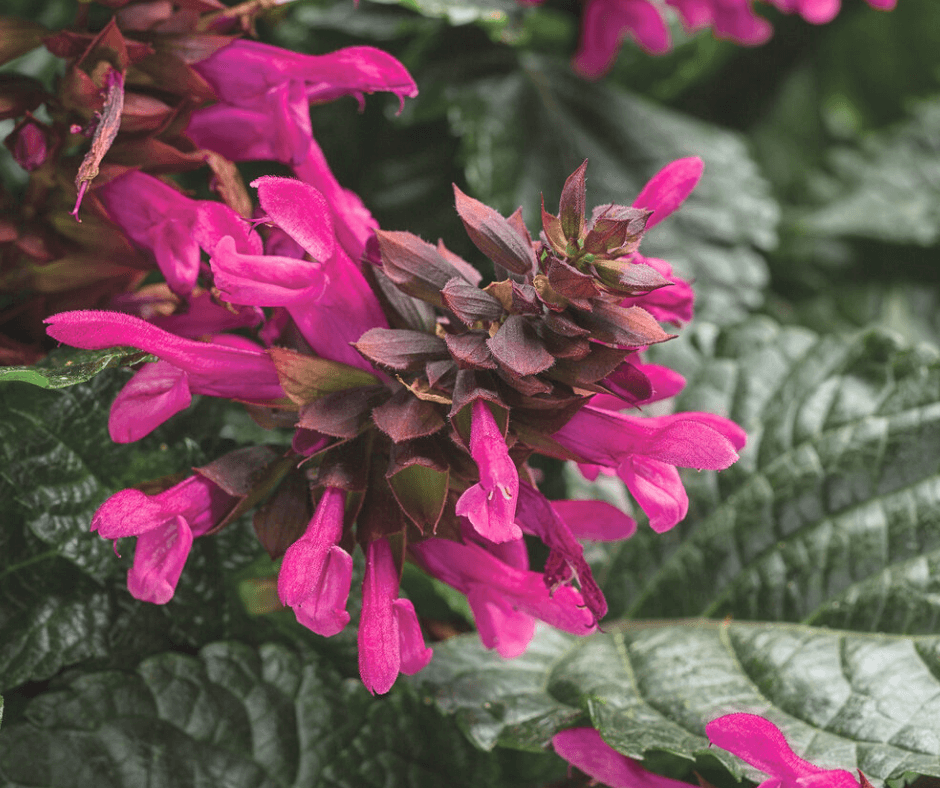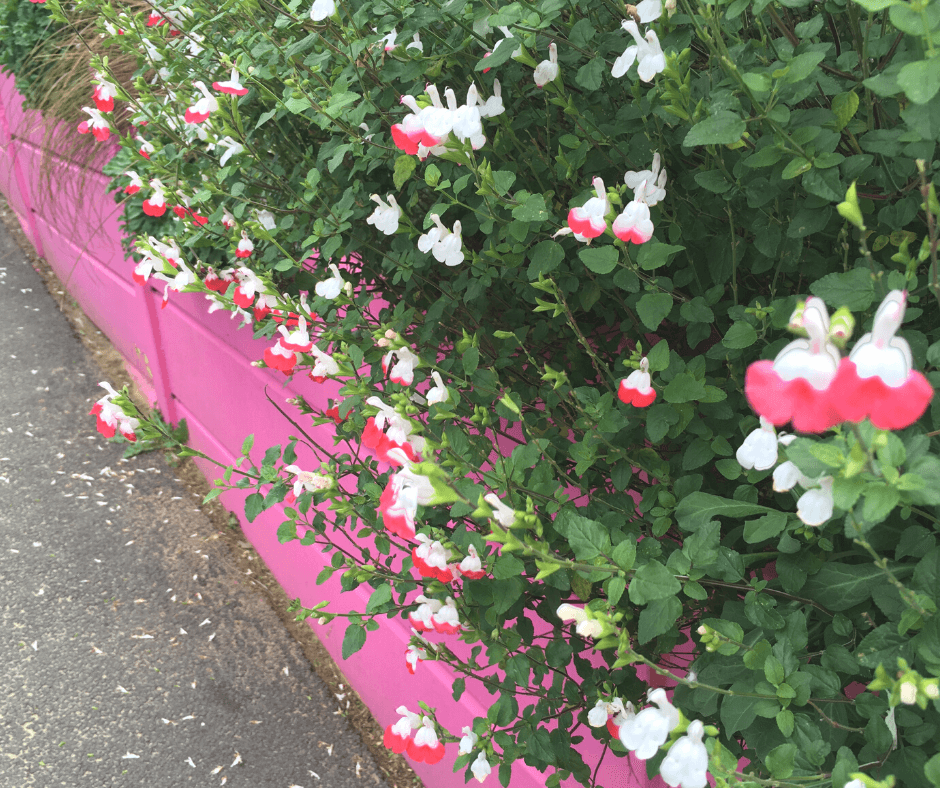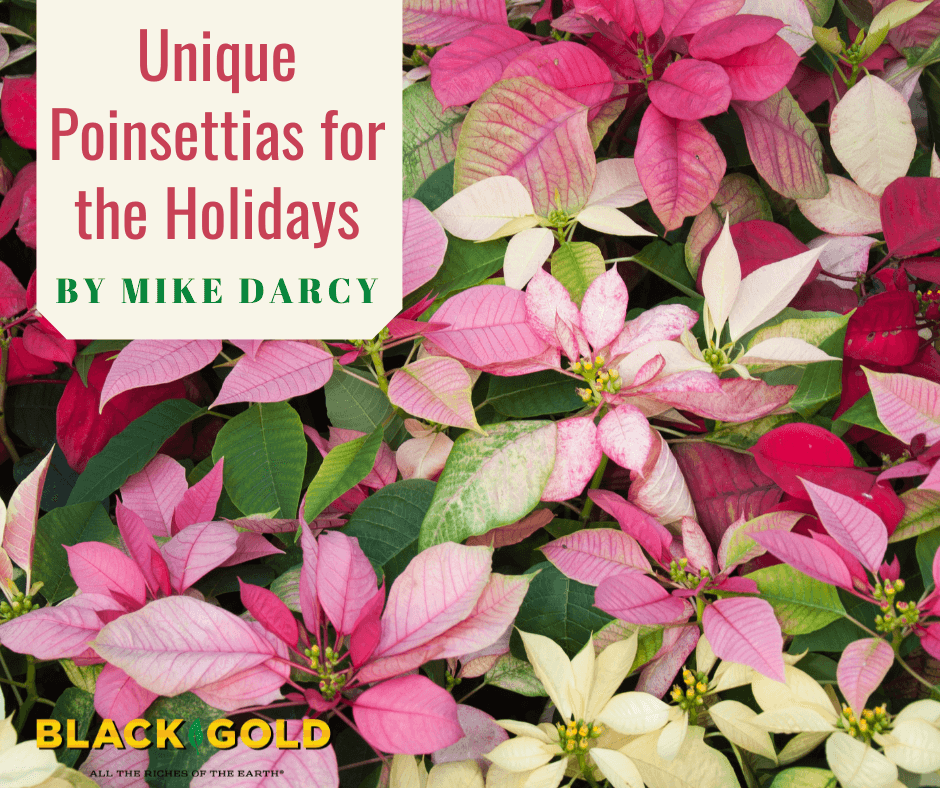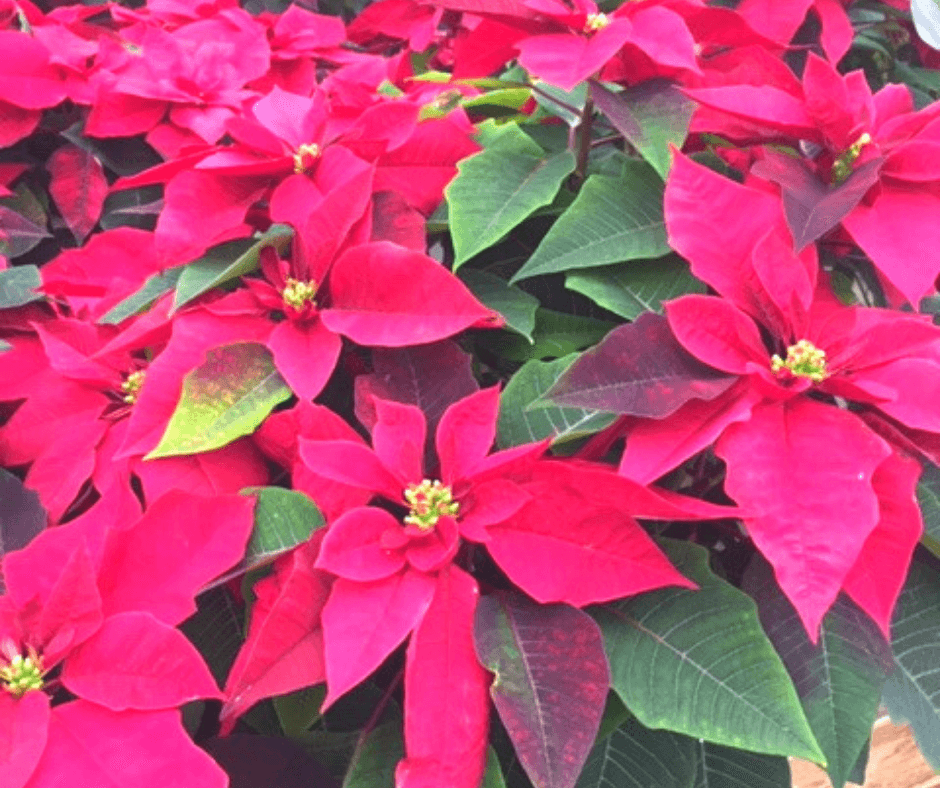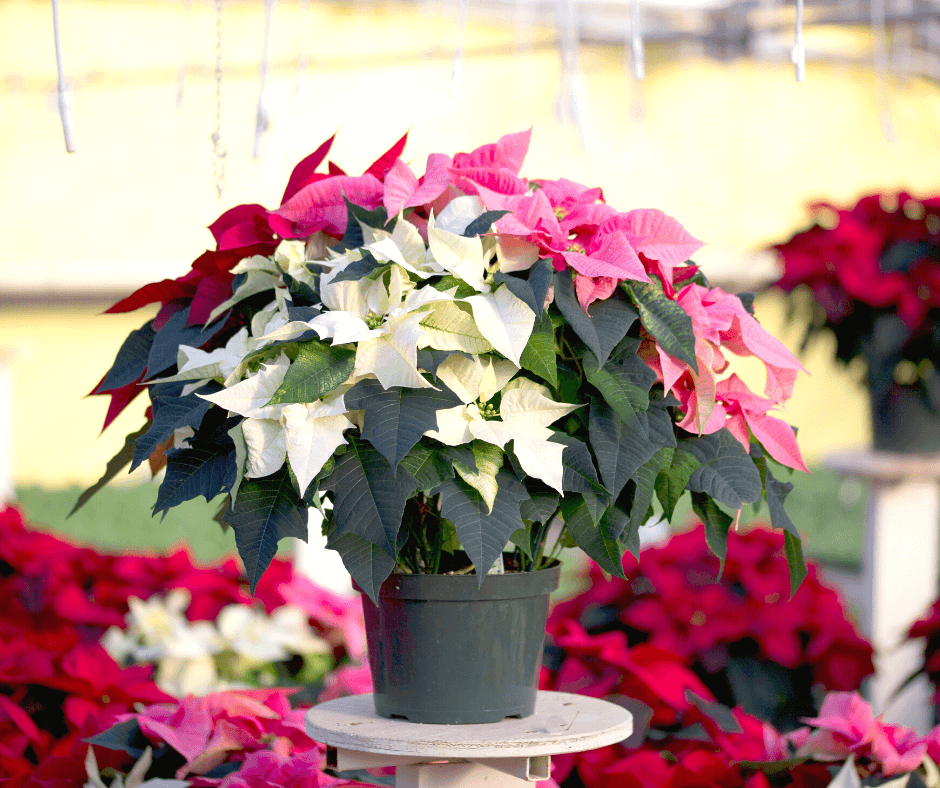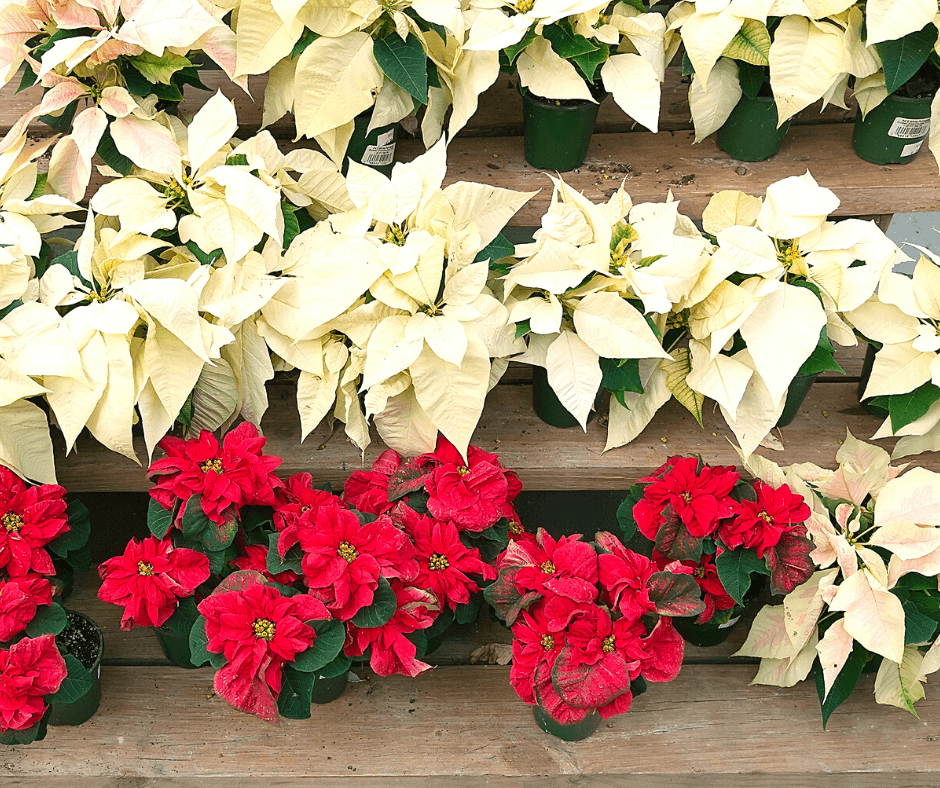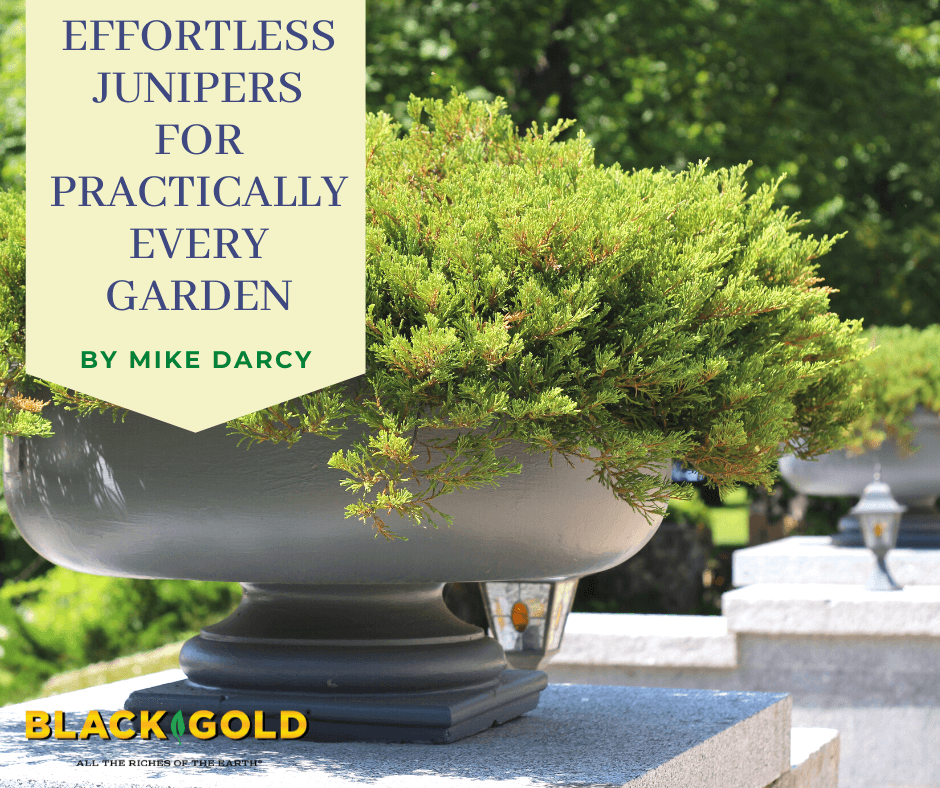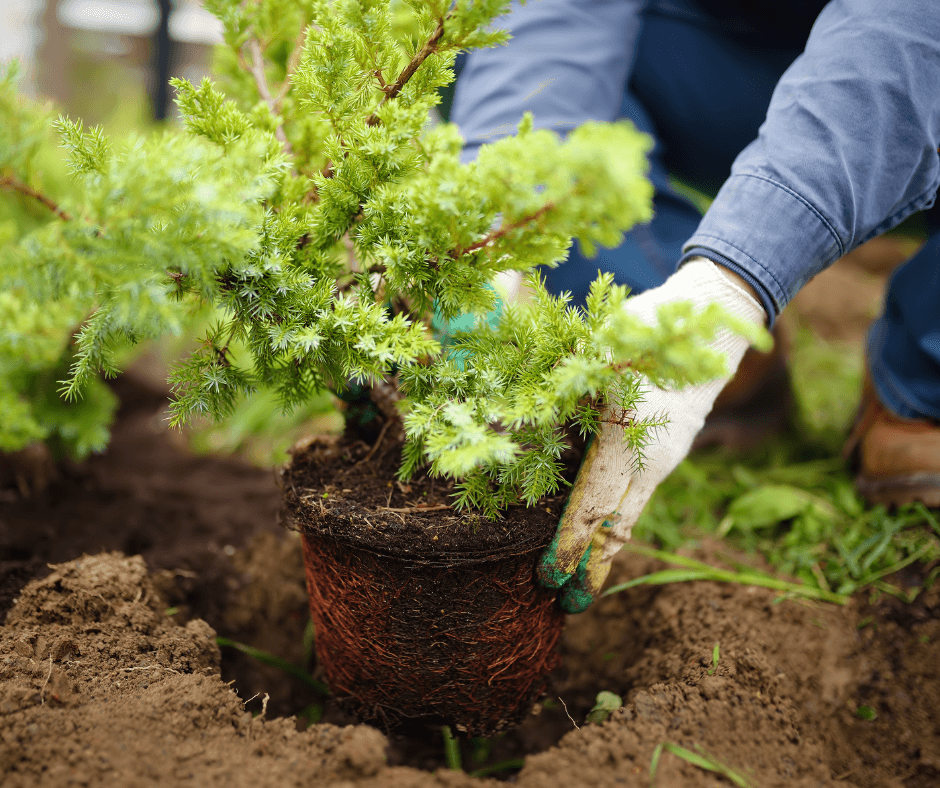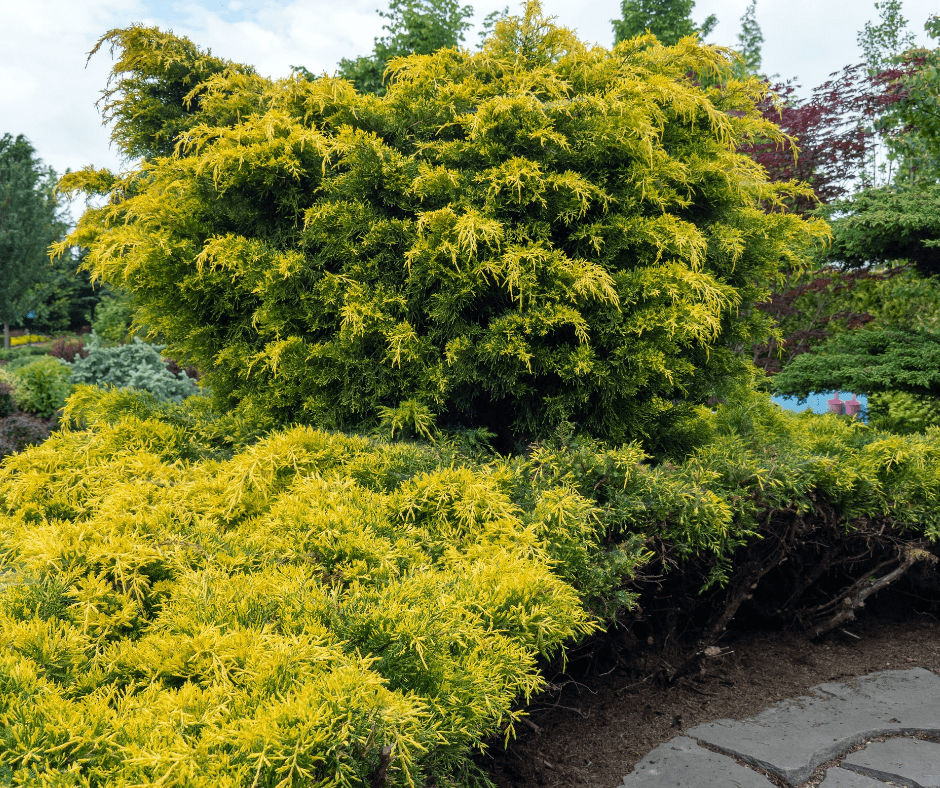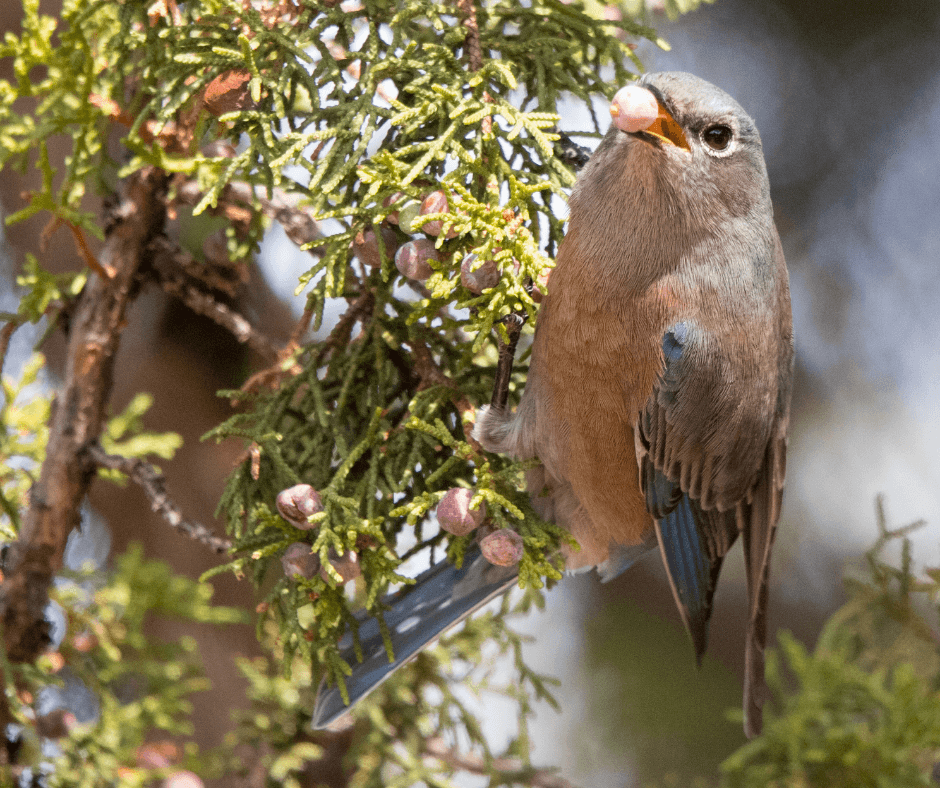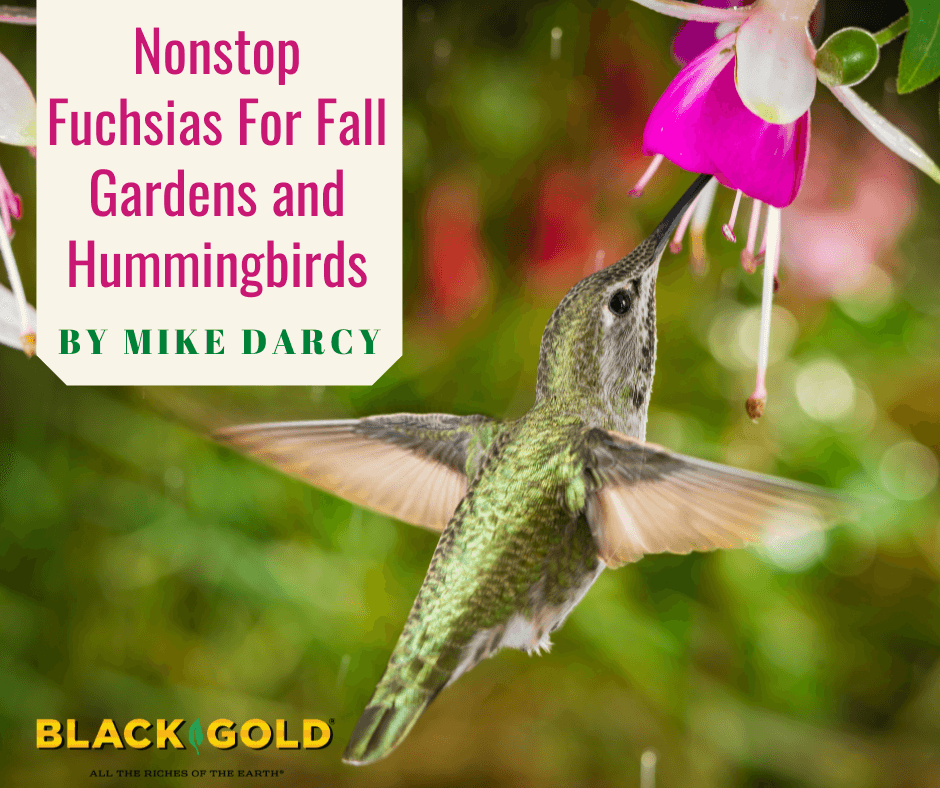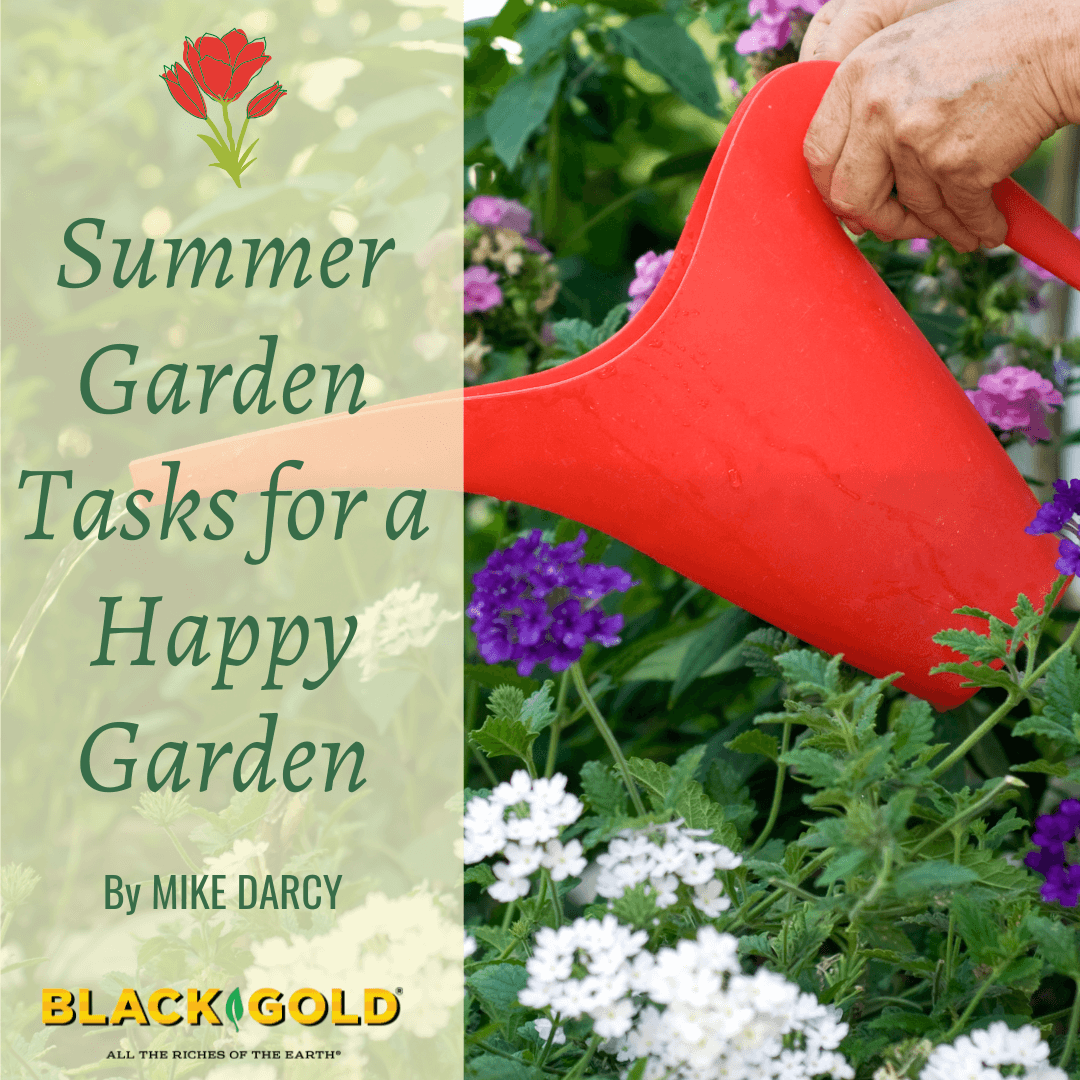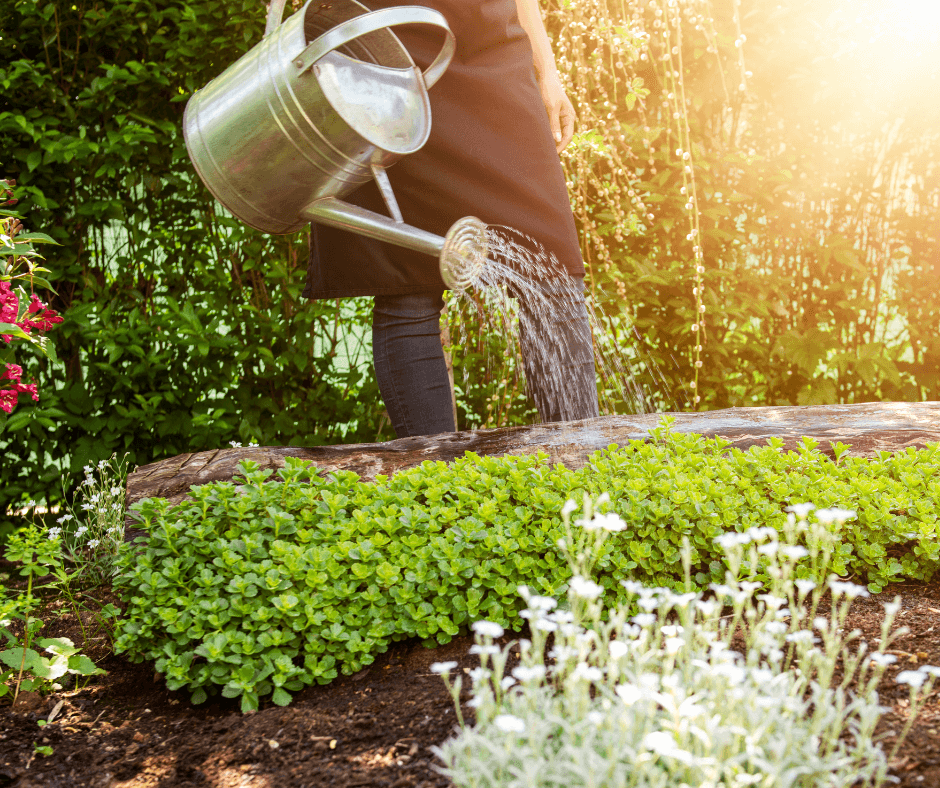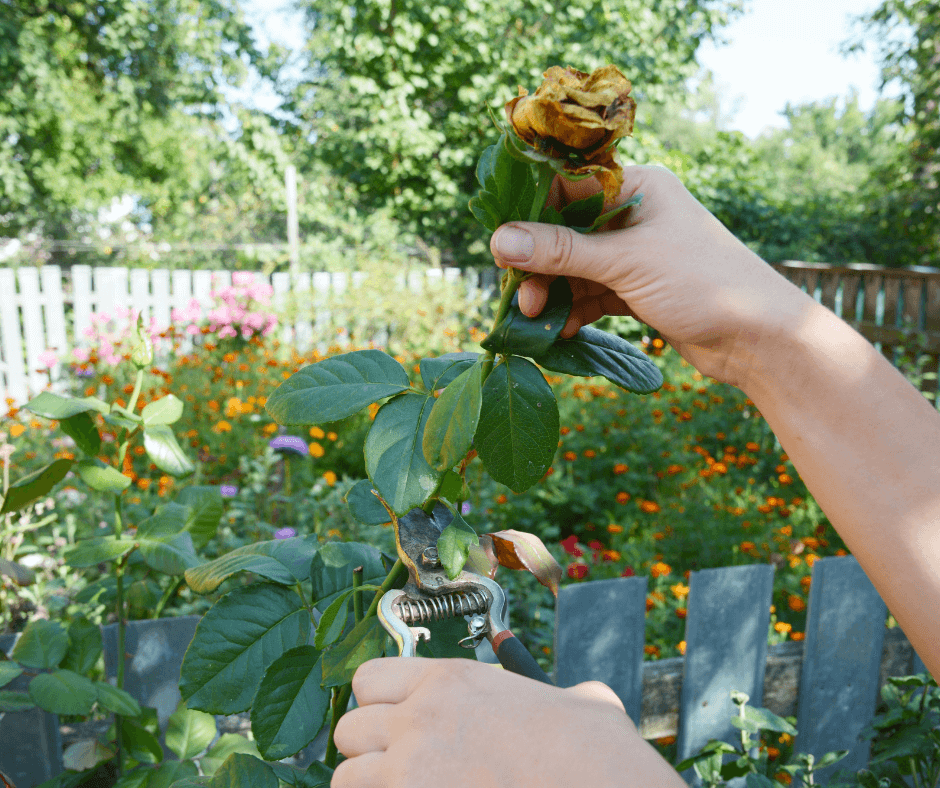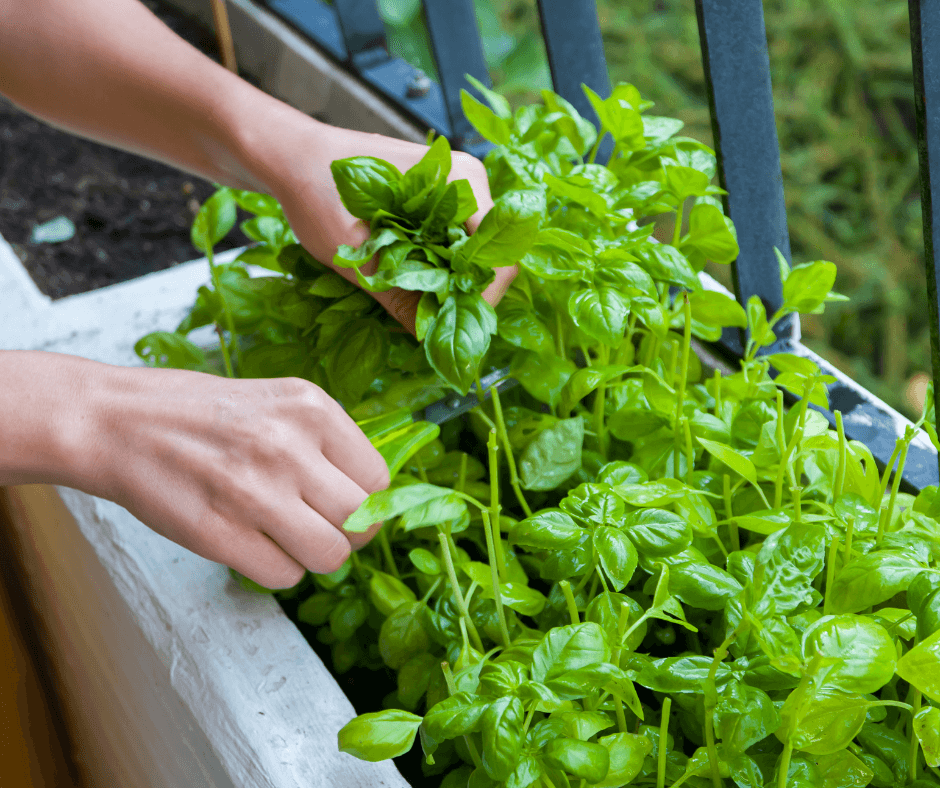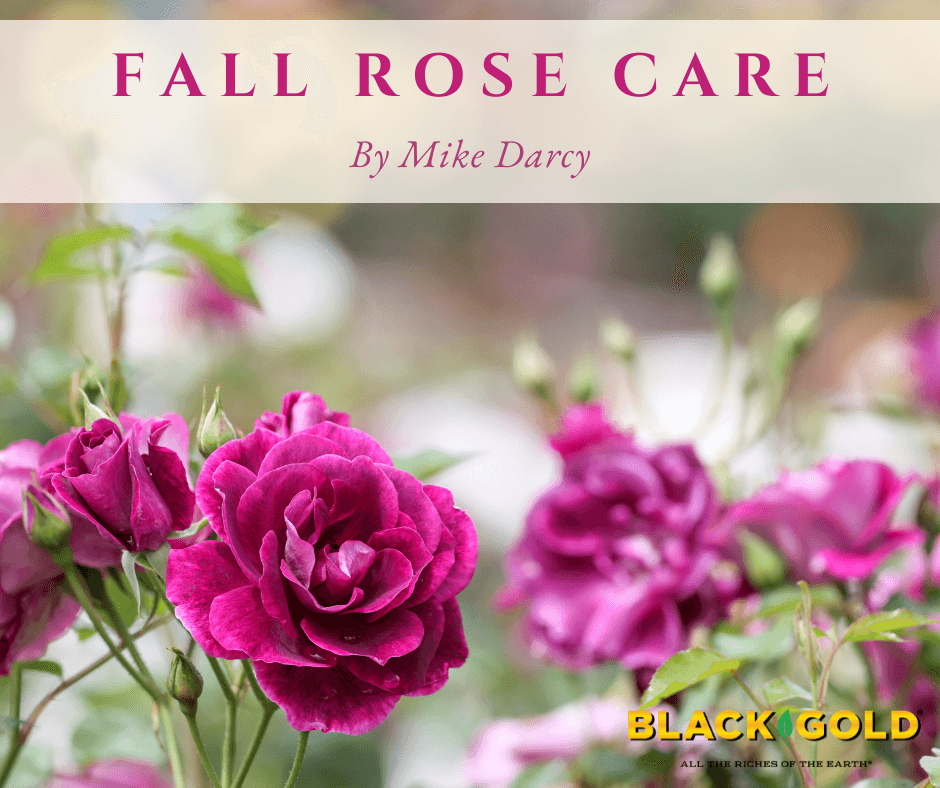
Here it is in mid-October and many roses are still blooming. There are few shrubs, if we can call roses ‘shrubs’, that have such a long blooming season. For us, (in the Pacific Northwest), they usually begin to bloom in May and most modern roses, hybrid teas, grandifloras, and floribundas will continue to flower until a frost or cold weather arrives.
Weather and Fall Roses
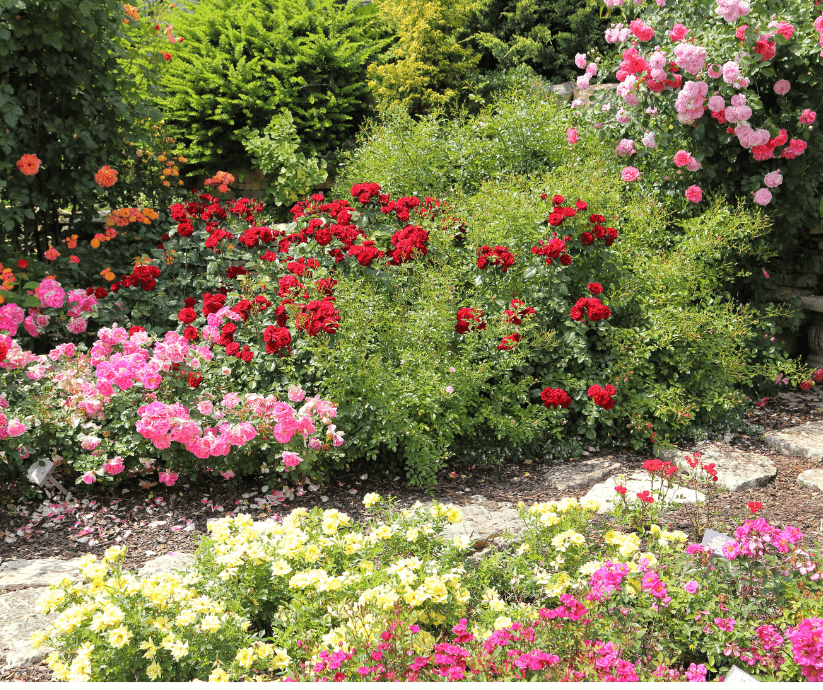
Generally, in the Willamette Valley and areas on the western slope of the Cascades, we do not have to worry about temperatures in the winter that will kill roses. However, there are certain tasks we can do to offer them some protection and a little help through the winter months. My gardening philosophy is to try to keep gardening simple and here are some tips and ideas for winter care and preparation.
After a heavy rain, walk around your garden look at your rose bed, and notice if there is standing water. If there is, that is a signal that there is a drainage problem and fall is a good time to get it fixed. If the bed is on a slope, perhaps a small channel can be made to whisk the water away. While this is not always applicable, cultivating pumice or Black Gold® Perlite into the soil can be helpful. Roses need good drainage and standing water can do serious damage to roses, especially if a hard freeze is predicted. By eliminating this problem now, your roses next spring and summer will ‘thank you’. There is a saying that I’ve often heard that goes “more plants are damaged from winter wet than winter cold”.
Add Mulch
A mulch around roses in the fall can also be helpful. Adding 2-3 inches around the plants can offer some root protection from the cold. Almost any compost product will work, it could be a general garden compost, fir boughs, straw, or leaves. I especially like maple leaves because they decompose fairly quickly, provide winter cover, and are an excellent addition to the soil.
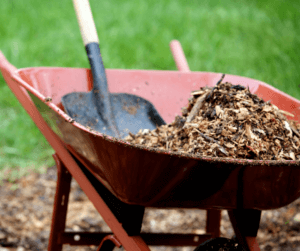
Prune Fall Roses
Fall pruning is also a task that can be helpful to both the plant and the gardener! A general rule that rose gardeners often use about pruning modern roses is “prune to waist high in the fall and knee-high in mid-February.” Of course, this is somewhat vague because waist heights vary greatly and this statement should be used as a guide. Many rose bushes are quite tall by the end of the season, often 6 feet or more. In areas where there are high winds, the wind could rock the plant back and forth and loosen the roots. Pruning the bush lower will help eliminate this.
The bonus of fall pruning for the gardener is that with several rose plants, getting rid of some of the debris, canes, and leaves, will make less debris for spring pruning.
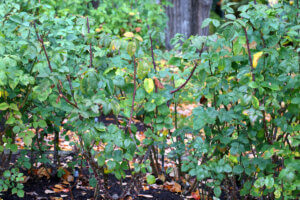
When cutting rose canes, I suggest removing them as well as old diseased leaves from the garden. After fall pruning is completed and the debris has been taken away, then add a mulch. A mulch can give a garden a finishing ‘touch’ and your garden has gone to bed for the winter!
The one thing that you do not want to do is to fertilize your roses now. Their primary growing season is over and applying fertilizer now is of little value.
If your roses are still blooming, enjoy them! That is the reason we plant them. My floribunda rose ‘Doris Day’ has many flowers on it now, (late October), and bringing flowers indoors at this time of year is a delight. Just giving your rose plants some extra care in the fall season can be helpful for them when spring arrives.
